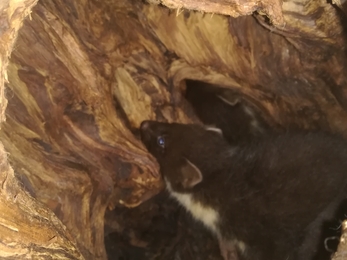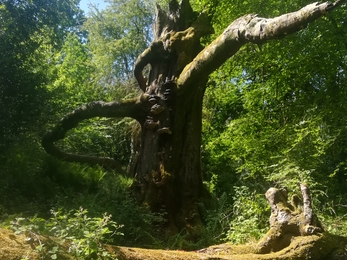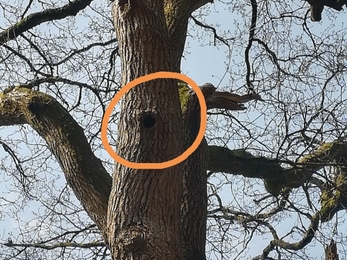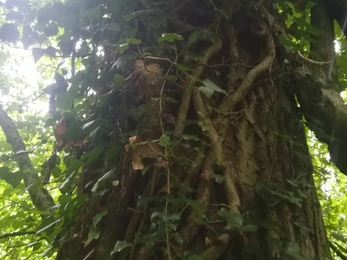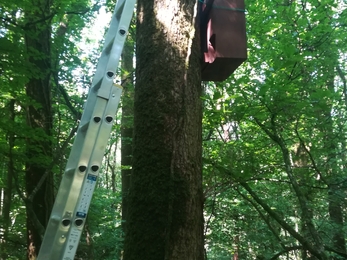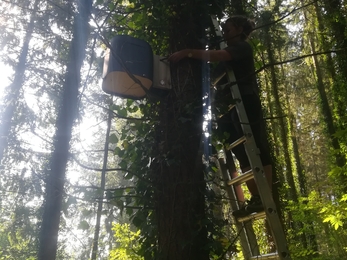Lockdown life
As the country enters another lockdown and we all become reacquainted with staying indoors for the foreseeable future, it seemed apt to use this blog to discuss the pine marten’s ‘working from home’ set up. And if you’re going to have to stay at home, why not do it in style like a pine marten, with a penthouse view from a rustic wood panelled pad.


